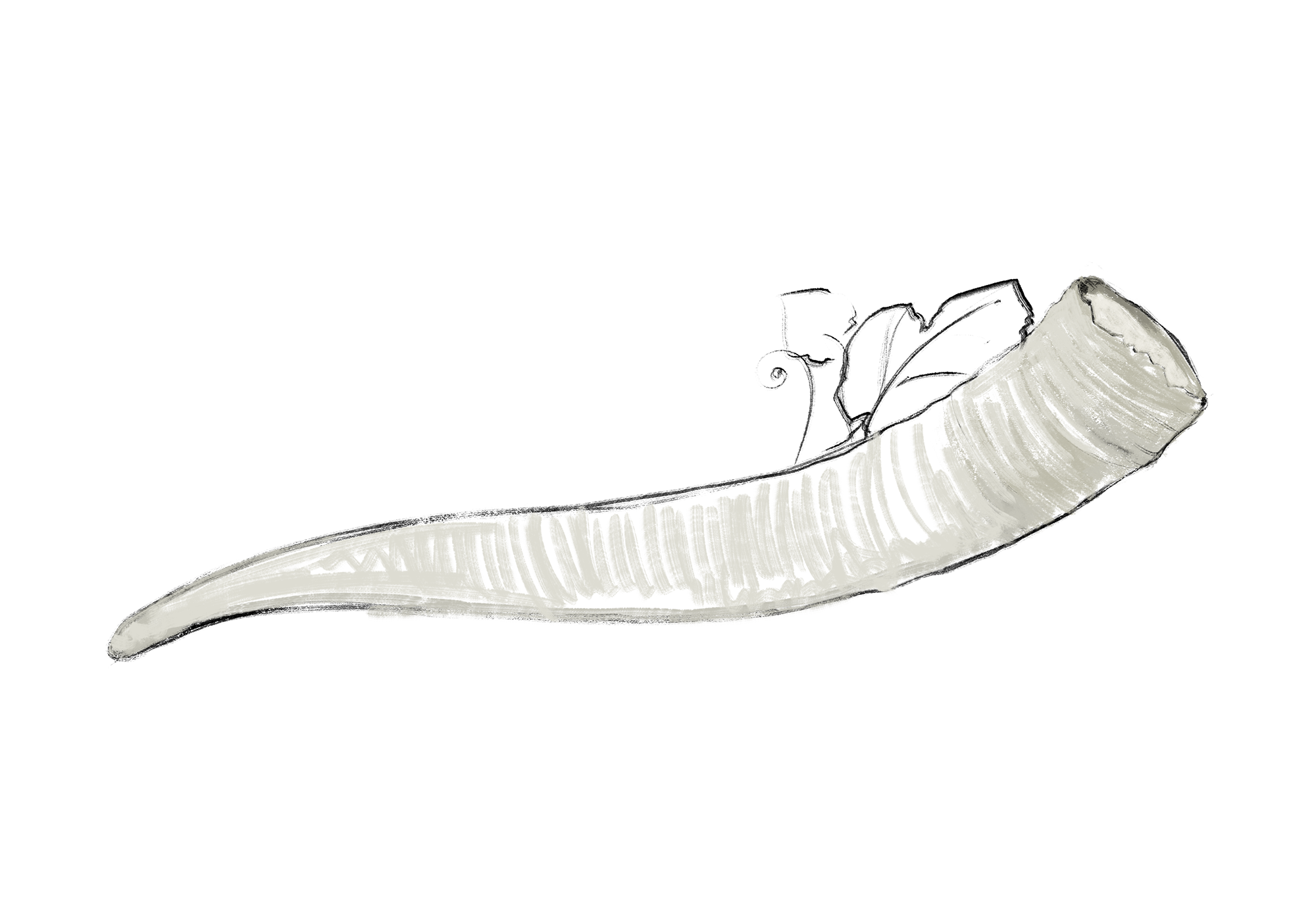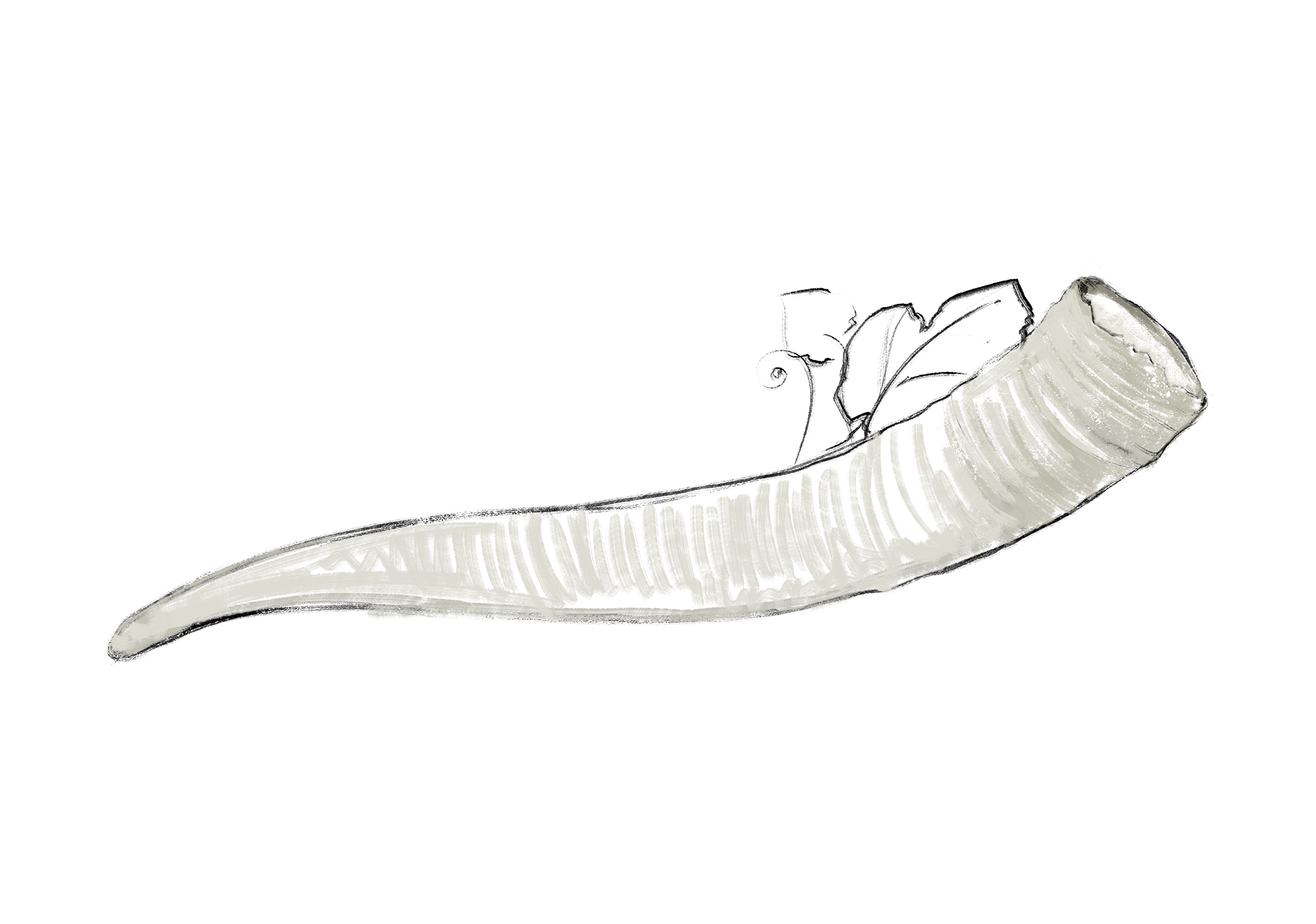THE BIODYNAMIC PRINCIPLES
Respecting the earth’s life forces
Started by Rudolf Steiner(7) in 1924 with a series of 8 lectures entitled “Course for Farmers” biodynamic agriculture incorporates the living nature of each element. Whether they are plants, minerals, or animals, they rely on a harmonious balance between these elements which produce and nourish them, as well as those that surround and interact with them.
- 7 - RUDOLF STEINER
The father of Biodynamics, born in 1861 in Croatia (part of the then Austro-Hungarian empire), Rudolf Steiner studied Sciences at the University of Vienna, but was particularly interested in philosophy as he enjoyed translating Kant and Goethe’s work.
He became a doctor of philosophy in Berlin, published several books and created between 1902 and 1909 a new spiritual movement called anthroposophy, which he applied in different areas including agriculture.
In 1924, in a series of 8 conferences known as “Course for farmers” (Agriculture. The spiritual fundamentals of the biodynamic method, series Anthroposophiques Romandes, Genève 2006) he laid the foundations of biodynamic agriculture.
Anthroposophy (which means "wisdom of man") is an attempt to change our understanding of the world "a path of knowledge that attempts to lead from the spiritual in man to the spiritual in the universe". It is based on the principle of the interconnection of all things and phenomena in the universe, and allows man to deepen the meaning of his actions in all areas, beyond the technical and material.

As the Greek astrologers had already demonstrated in ancient times, this living equilibrium not only depends on its ecosystem and microcosm, but also, most importantly, on the influence of the stars(8), the macroscosm.
This idea of nature’s unity and the interdependence between the earth’s life forces is central to biodynamic practices. It simultaneously encompasses humility by questioning certain convictions or conventions, observation skills and a new way to care for plants and soils, the latter being the source of a plant’s balance. Biodynamic agriculture involves coordinating the element’s relation, exchange, affinity and also repulsion with cosmic rhythms (not exclusive to those of the moon).
- 8 - INFLUENCES OF THE STARS
The position of the stars and in particular the zodiacal constellations in relation to the earth influences the whole vine. Each configuration affects a different part of the plant.

-
TAURUS
VIRGO
CAPRICORN
Earth Element
ROOT -
ARIES
LEO
SAGITTARIUS
Element Fire
FRUIT -
CANCER
PISCES
SCORPIO
Element Water
LEAF -
GEMINI
LIBRA
AQUARIUS
Element Air
FLOWER
“This idea of nature
encourages humility,
observation,
and continual questioning”

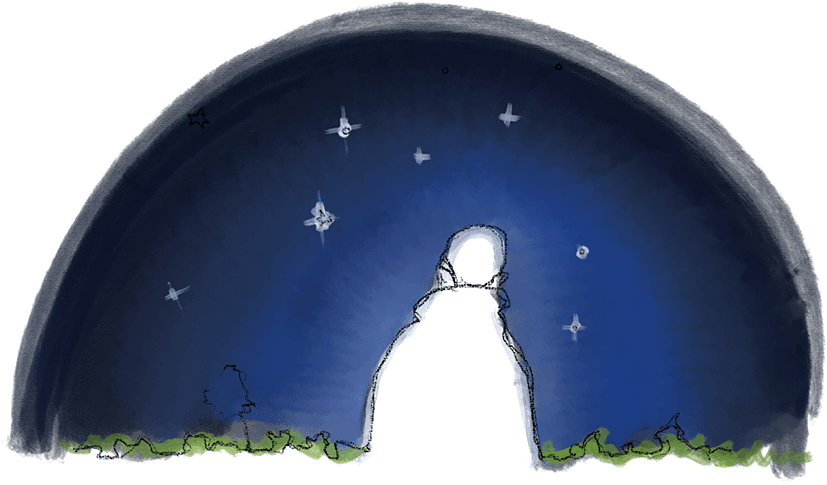
- 9 - Natural preparations
Among the preparations used in Biodynamics, we find yarrow, camomile and valerian.
This dynamic alchemy which is the transformation of ordinary matter into one more pure and noble, uses eight different natural preparations(9), made up of cow manure, silica or medicinal plants. They restore the earth’s vital forces, allowing it to produce fruits that have preserved the authentic taste of the terroir.

As men of the earth, we have always held the intimate knowledge that everything makes sense regarding the harmony of the living world. In a continuous interaction between earth and sky, we observe and follow.
This vision and practice, which differs from conventional viticulture, is shared today by many winegrowers across every appellation, even such prestigious estates as Romanée Conti.
“A continuous interaction
between earth and sky,
we observe and follow”
The influence of the stars
from macrocosm to microcosm
In his famous poem The Emerald Tablet Hermes Trismegistus wrote: “That which is above is like that which is below”. Along with other Greek philosophers of his era, who were also astrologers, he had already considered the cosmos as a whole with our planet and its population (human, plant, mineral, animal) as part of a harmonious unity. A unity that is not passive, but rather interactive, with its components interacting with each other in a continuous search for equilibrium.
“Biodynamics attempts to restore a balance to life forces
through the service of cultivating the land.”
Biodynamic agriculture seeks to restore the equilibrium of life forces in the cultivation of land. Indeed, every plant on our planet is completely exposed to its environment and so responds to terrestrial and cosmic rhythms, such as the changing seasons, day and night, and also the less obvious lunar and planetary rhythms.

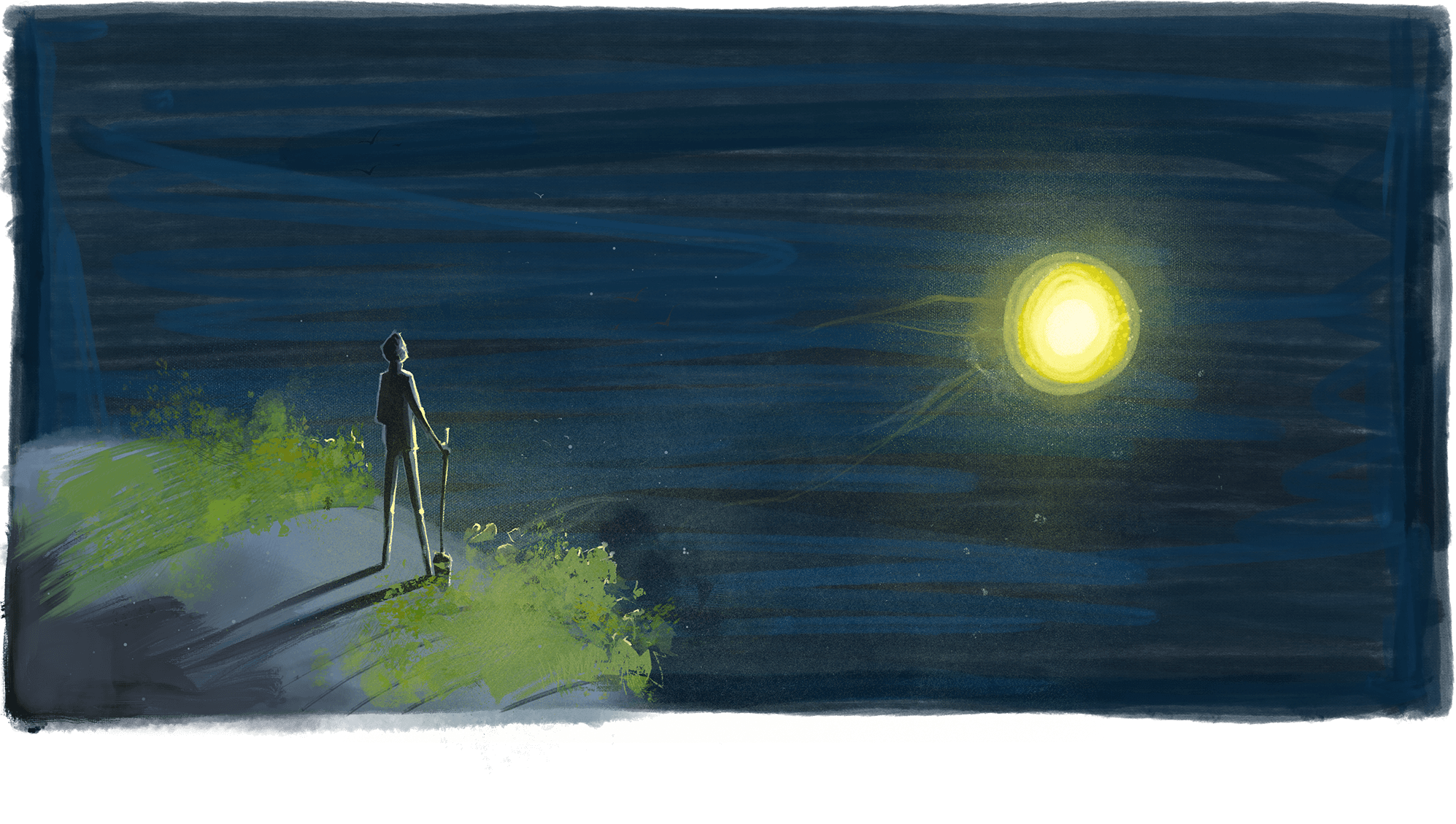
The influence of celestial rhythms on organisms was confirmed by chronobiology science, but was most importantly supported by the careful observation of many farmers or gardeners that follow the empirical traditions of our ancestors.
Amongst these informed observers from the 20th century, the German researcher Maria Thun studied, for about fifty years, the correlations between plant growth efficiency and different time points for seedlings or agricultural activities, chosen according to the positions of the planets and those of the moon. Like the Sun, as the planets move in front of the different constellations of the zodiac(10) they stimulate different parts of the plants through four primordial elements of nature: earth for the roots, air and light for the flowers, water for the leaves, fire for the fruits. (11).
- 10 - Zodiac Constellations
The 12 Zodiac constellations : Aries, Leo and Sagittarius (constellations of the Fire, beneficial for the vines) ; Aquarius, Gemini and Libra (constellations of the Air) ; Cancer, Aquarius and Scorpio (constellations of the Water) ; Capricorn, Taurus and Virgo (Constellations of the Earth).
- 11 - THE PRIMORDIAL ELEMENTS OF NATURE
Earth, Air, Water, and Fire

- Earth defines everything that is dense, fixed, anchored, obscure.
In the plant, this is represented by the root, precursor of life.
- Air, invisible, yet through which sensations are transported and refined.
In the plant, this is represented by the flower, delicate and subtle.
- Water is always in motion, it flows and metamorphoses.
In the plant, this is represented by the leaf, reflecting the external influences as it evolves and adapts.
- Fire, the element of the sun, the concentration of energy, symbolic of the action in life.
In the plant this is represented by the seed, from which everything begins, and especially by the fruit, the ultimate aim in the production of the plant.
“ The constellations of the zodiac stimulate different parts
of the plants through four primordial
elements of nature”

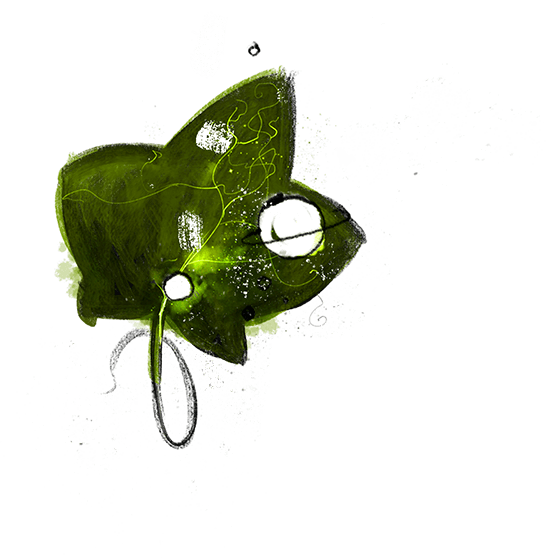
In addition to these actions, the moon has an influence on all living beings on earth, including plants.
According to Maria Thun's(12) observations, if you choose the date for seedlings or agricultural activities based on these influences, a significant increase in the qualitative and quantitative yield of plants is observed, which is further enhanced with the use of biodynamic preparations(13).
- 12 - MARIA THUN
Maria Thun (1922-1992) was raised by a family of farmers in Germany and started her research in the fifties using Rudolf Steiner’s biodynamic principles. After gathering methodical and document-based observations and setting up an experimental farm, she described the influence of the planet’s positions on plant development and welfare. From this information she created in 1963 the first “biodynamic planting calendar” for gardeners and farmers.
- 13 - BIODYNAMIC PREPARATIONS
Obviously, the success of a gardener, farmer or winemaker’s work doesn’t solely depend on the strict compliance with the calendar of these influential factors. Apart from the soil’s quality, this success is also dependent on men’s own observations, intuitions, expertise and connection with plants. However these calendars and preparations serve as important guidelines for our actions and thoughts because they outline a more spiritual approach that can better link man to nature.

The planets are forces of influence
Planets are celestial bodies that revolve around the sun on different orbital paths. Their relative positions directly influence the biological rhythm of living beings, individually or as a whole.
Mercury, and Venus are the closest planets to us, and along with the moon, exert forces of contraction through the limestone. Mars, Jupiter and Saturn, which are further away, exert forces which effects the minerals through the silica.
All planets (apart from Uranus and Neptune which have no effect on the microcosm) also hold a strong influence on the factors required for plant development.
Heat is affected by Saturn and Jupiter, light by Mercury and Venus, and water by Mars and the Moon.

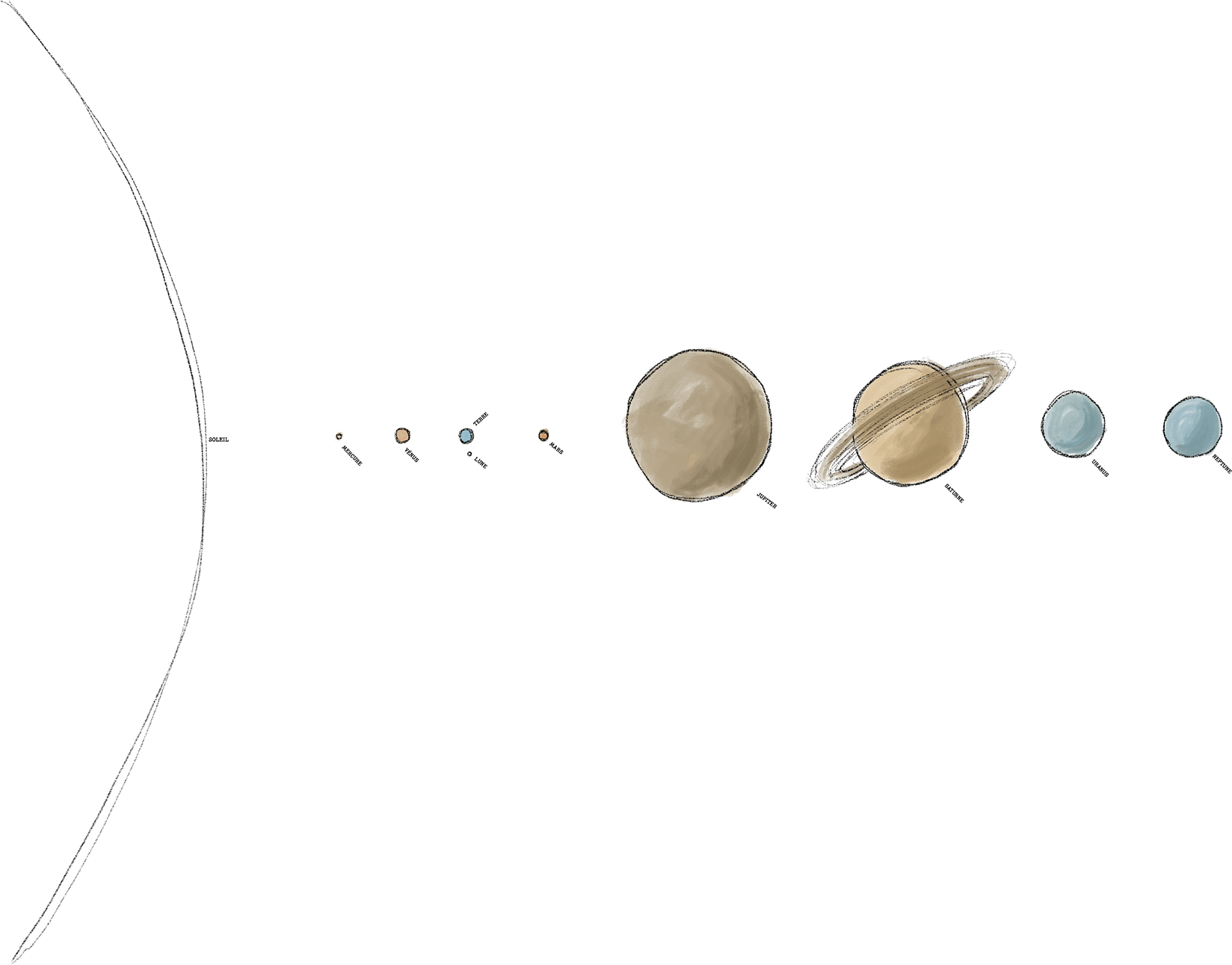
The Moon has always fascinated mankind.
It is the second brightest object as seen from our planet after the Sun, each illuminating the sky in turn. Its influence on Earth has been understood for a long time, expressed for example in the form of tides.
We take into account the tropical rhythm: The “rising moon” and the “descending moon” above and below the celestial equator (total duration 27.3 days).
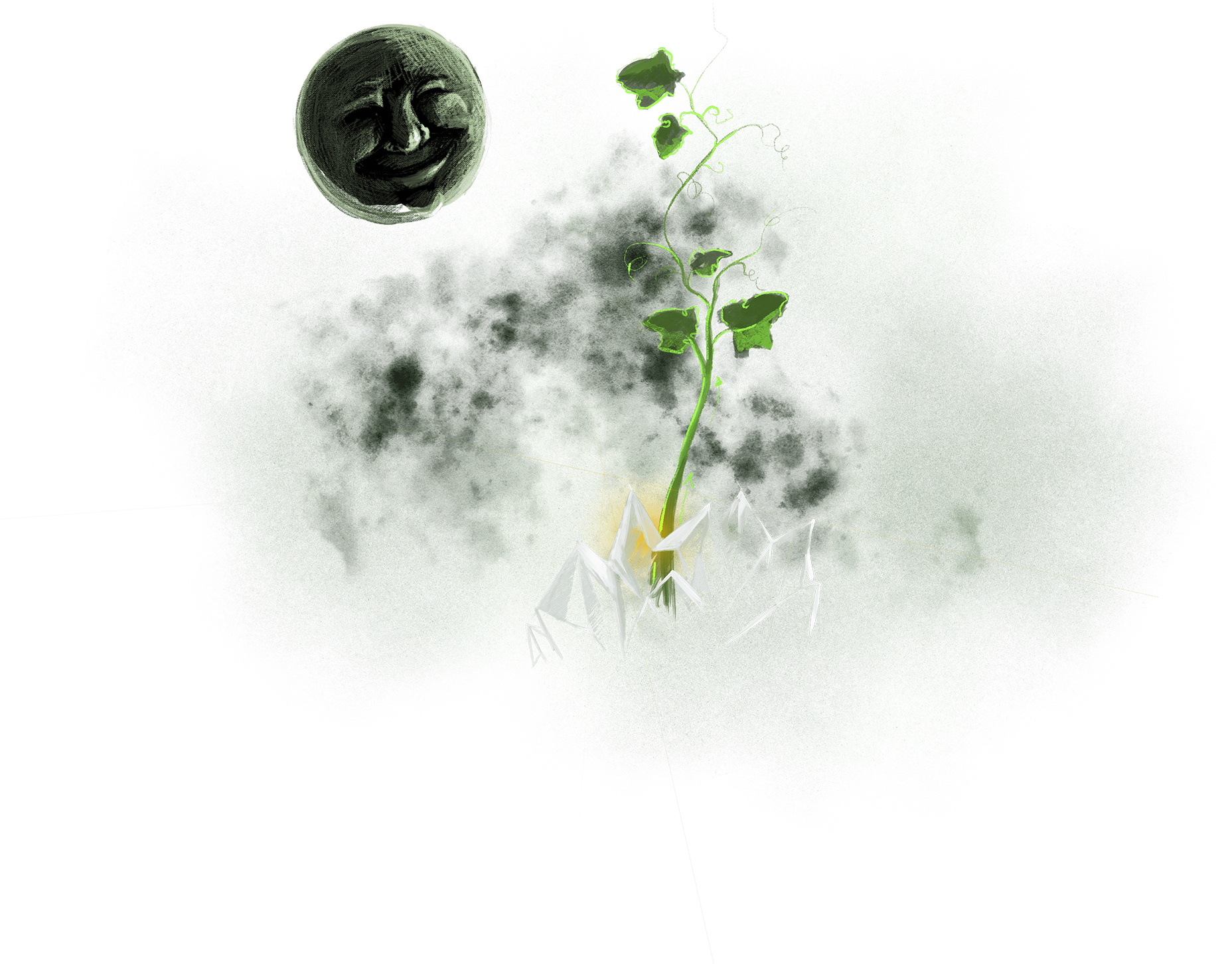

Silica
the substance of original creation
According to Rudolf Steiner, Mars, Jupiter and Saturn exert their remote cosmic forces through silica. It actually makes up a quarter of the Earth’s crust, and is contained in more than half of the elements covering our planet’s surface. Together with limestone, it constitutes a primordial source for the development of the plant kingdom. It provides vitality, harmony and structure for all plants, and is used in the form of crushed Quartz in the 501 preparation “horn silica”.
The planetary calendar
The symbiosis between time, space and matter
Due to the Earth’s interaction with the Universe, nature’s rhythms are dependent on those of the Sun and the planets, whether they are near or far. These numerous influences, the obvious ones being those of the solar seasons or moon phases, are considered in biodynamic agriculture for the cultivation or enhancement of the soil through the use of strict calendars. Every season, month, day and even hour can set conditions that are favorable for a harmonious life between the earth, the plants and their environment, mediated by specific preparations that impart the forces of life.
“Every season, month, day and even hour can set conditions that are favorable for a harmonious life”
These preparations are applied at certain time points throughout the year, not only depending on the moon, cosmic and zodiac phases, but also on the varying position of the planets or their alignment from one season to the next. For example, when the moon rotates around the Earth every month, it goes past the twelve zodiac constellations, as does the sun in a year. Every year, it is this sidereal rhythm (as demonstrated by Maria Thun) that establishes a new calendar for planting during the Root, Leaf, Flower and Fruit days.
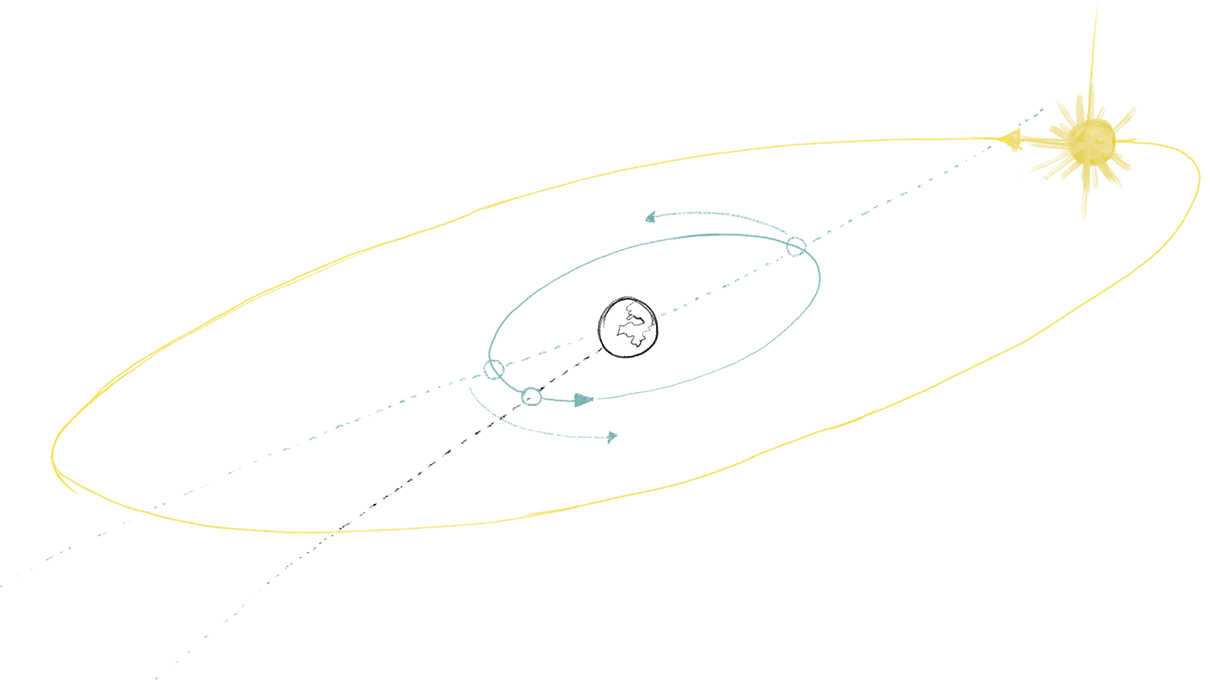
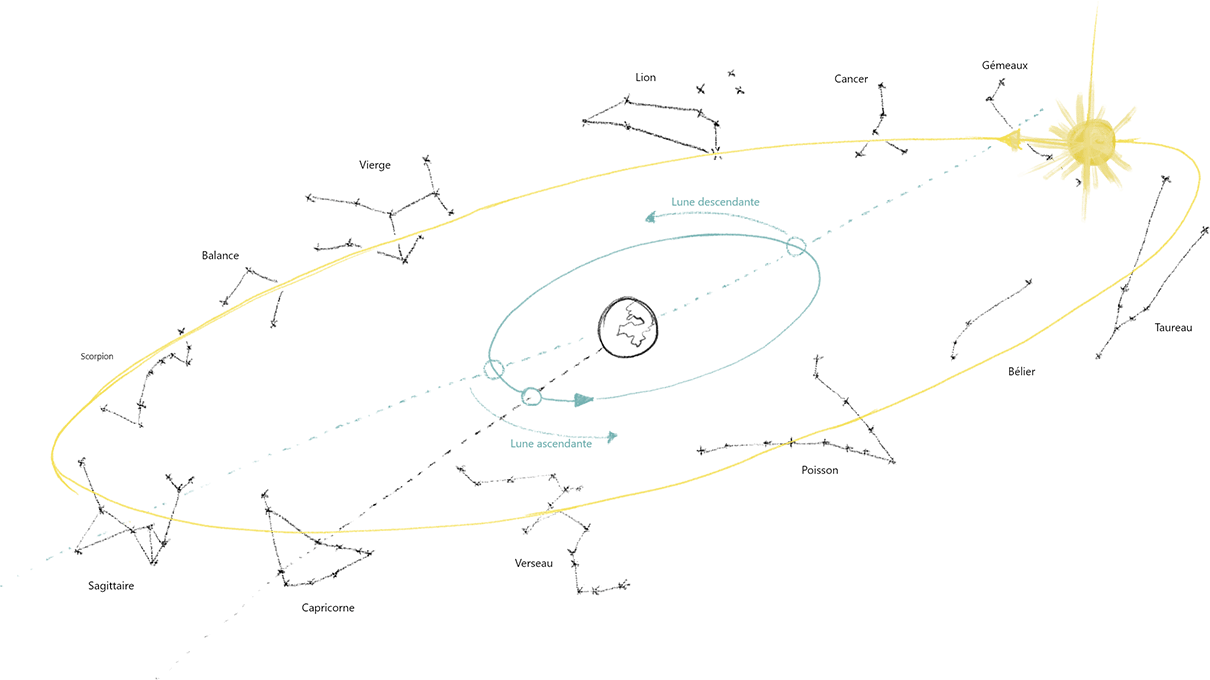
We adapt these agricultural practices according to the vine’s requirements. The cultivation and treatments of the vines can be improved by their timing, in order to intervene at the right time and in the best way possible to ensure the health and strength of the vines and its fruits.
Depending on the purpose, soil maintenance activities can be achieved at different months or time of day.
As such, hoeing quality will differ whether it’s done during the lunar spring or fall. Throughout its monthly cycle, the moon reaches its lowest position (south lunistice) when it is in front of the Sagittarius constellation. From there, it starts to rise and traces a circular arc that becomes bigger and higher each day: it is the lunar spring. It is during this time that the flow of sap is the heaviest; an ideal time for grafting.
Once it reaches its highest point in its monthly trajectory (north lunistice) in front of the Gemini constellation, the moon goes downward: it is the lunar fall. It is traditionally a favorable time for pruning, planting or compost input.
Aside from the lunar calendar, a morning hoeing will revitalise the vines, whereas a hoeing done in the afternoon will support soil water retention...
Many different combinations are therefore possible! In our estate, these cultivation practices are adapted to the vine’s needs.

The Biodynamic preparations
Revitalizing the earth’s potential
The Domain Fleury is spread over 15 hectares, and is considered as a living organism and unique habitat. The cultivated soil is not just a support or a substrate for the vines, but rather a hotspot for life, an energy source for the plant that is just as important as the air environment.


Biodynamic(14) agriculture aims to create a harmony and equilibrium between the soil and the vines by providing them with vitality and resistance, improving:
-the quality of the soil, due to the development of micro-organisms and bacteria
-the rooting of the plant, with a denser and deeper root system
-the establishment of a balance for harmonious terrestrial and cosmic forces
-the foliage and flower development, for harmonious fruiting
We boost (“dynamise”) the interaction between the plant and its environment (the earth and air) by spraying the natural preparations consisting of plant, animal and mineral material.
- 14 - La biodynamie
“In the Fleury Domain, we advocate the use of biodynamic and organic methods in viticulture, in order to efficiently mitigate and compensate for the disequilibrium caused by a monoculture” (Jean-Pierre Fleury)”

Compost
Compost is the natural decay of non polluted organic waste (from plant or animal matter) by microorganisms or other small organisms. Here, our compost is made of cow and horse dung (known as cold and warm dung, respectively), basalt and hemp powder, and is stacked in piles of between 1 and 1.3m tall and between 1.5 and 2m wide, know as “andains”.
It contains all the elements required for the formation of the clay-humus complex, thanks to the presence of numerous bacteria. The compost becomes biodynamic with the addition of six preparations, which are composed of Yarrow, Camomile, Nettle, Oak Bark, Dandelion, Valerian and Horsetail grass. They reduce the compost’s rise in temperature and loss of substance, and help it retain nitrates and phosphates.
Using a stick, five holes are made halfway into the compost (see below), into which a small ball of the preparation is placed.

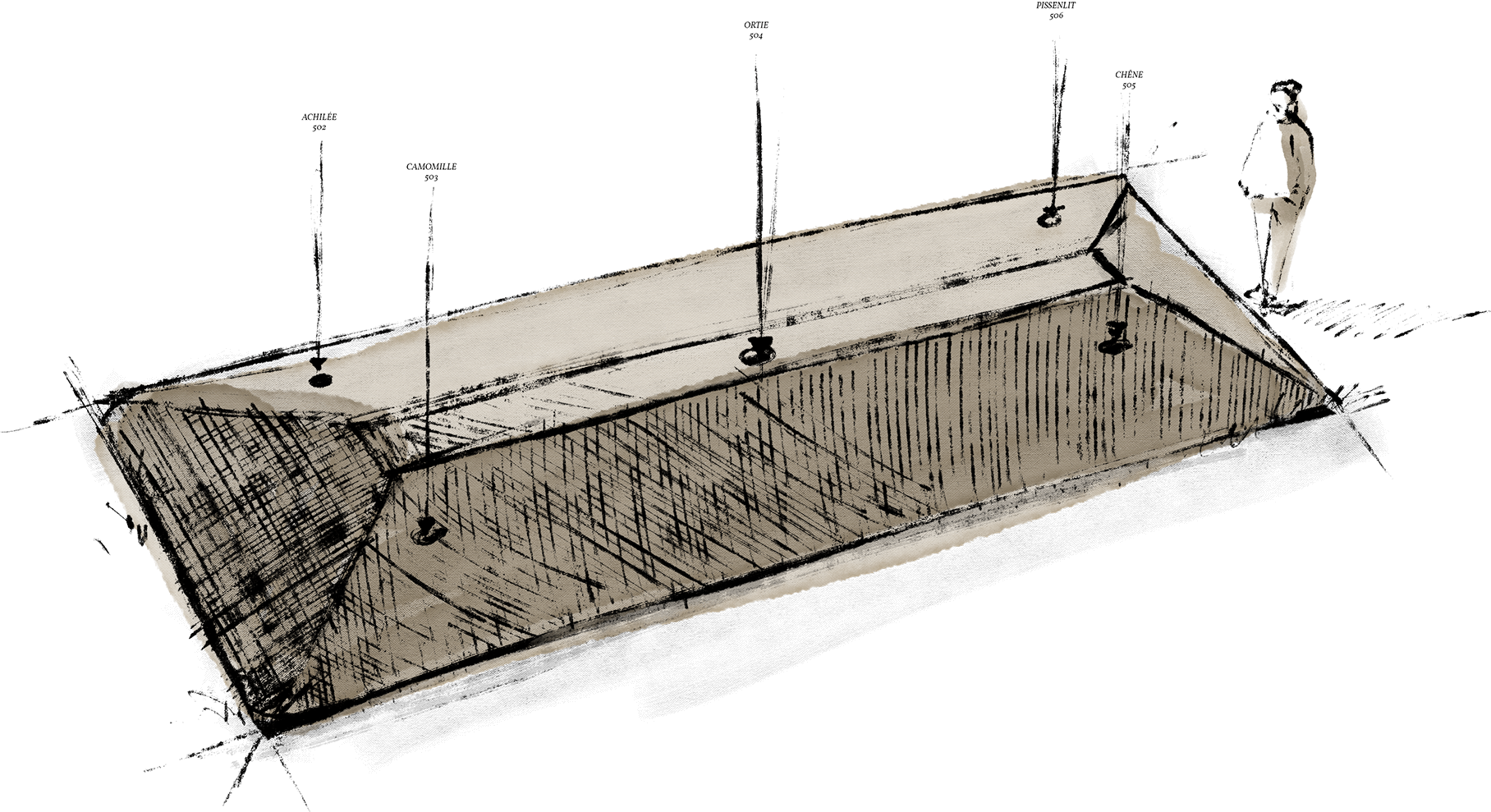
After a dynamisation(15) stage of 20 minutes, the Valerian Preparation is sprayed throughout the pile of compost. Followed by the “thatched roof” technique, this biodynamic compost is then covered in straw and used 6 to 12 months later.
- 15 - When organic becomes biodynamic
Dynamisation is the process of diluting the preparations in water (collected rainwater or spring water). In the Fleury family, we use rainwater which is placed in a huge outdoor copper vessel that can contain up to 350 liters. A huge mixer connected to a small electric engine, resembling a food processor, generates a vortex that is then abruptly stopped resulting in energetic chaos. The preparation is continuously stirred one way and then the other during a set amount of time (lasting from 20 minutes to an hour). Within this chaos, the intrinsic qualities of each preparation are released and imprinted into the water, similar to the homeopathic process. Once dynamised, the preparation is then immediately sprayed on the soil or on the plants.



The preparations
In 1924, in his recommended practices, Rudolf Steiner suggested 8 preparations to spray on the cultivated plant: horn manure and horn silica (commonly known as 500 and 501, respectively), along with 6 other preparations (ranging from 502 to 507)(16). For each of these natural preparations, Rudolf Steiner described the effects and interactions of the active ingredients.
- 16 - 502 à 507
502: Yarrow, for potassium regulation
503: Chamomile, for calcium regulation
504: Nettle, for iron regulation
505: Oak Bark, for the regulation of fruit development
506: Dandelion, for the regulation of silica production
507: Valerian, for phosphorus regulation
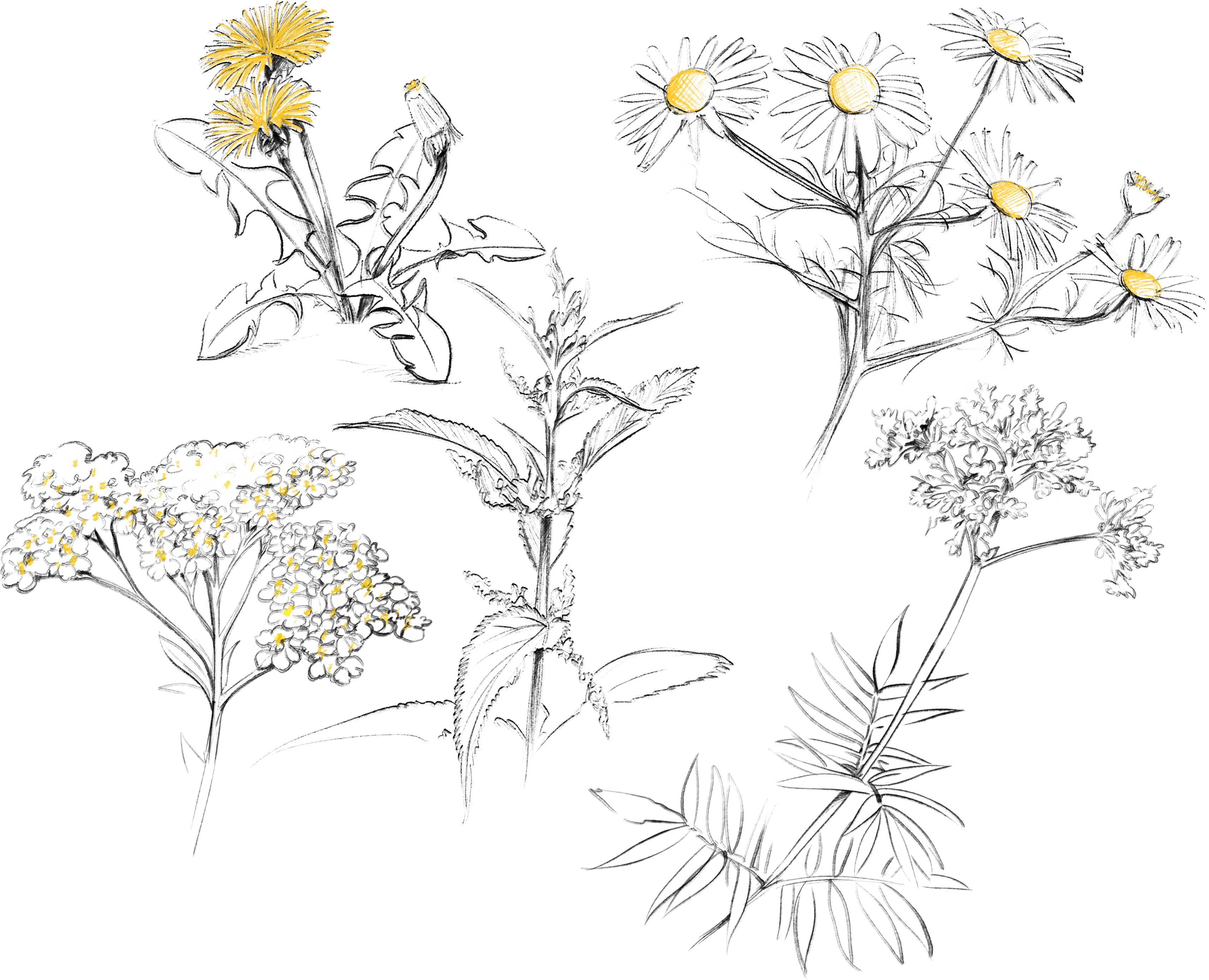

The Preparations
The 500 preparation "Horn manure"
This preparation affects the soil. It is made from organic cow dung.
The manure is put into organic cow horns that have been emptied of their bony core (internal cartilage) and are buried during the winter period (between the winter and summer solstice). During that time, the manure undergoes a fermentation process and is converted into natural humus. One horn's worth of preparation, equivalent to 100 to 150g in 40 liters of water, is then dynamised for exactly one hour and sprayed in the evening as thick droplets over one hectare.
This preparation plays a vital role in biodynamic agriculture: it promotes the vertical development of the root system and maintains soil structure while also supporting underground life, microbial activity and humus production. We use this preparation twice a year: once in spring at the start of biological activity and once in fall.
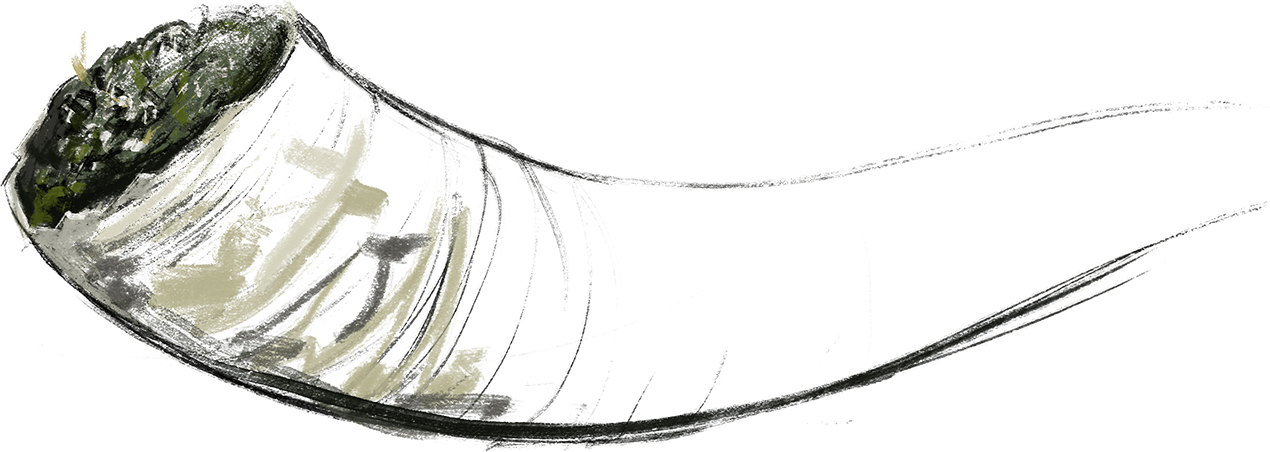
Preparations
The 501 preparation "horn silica”
- 17 - Quartz
Quartz is crystallized silica. In its pure state it is transparent and bright. Silica is connected to cosmic forces and acts as a light supplement, making plants more sensitive to cosmic influences. “What appears on Earth is only a reflection of what lives in the cosmos,” said Steiner.
This preparation works this time on the aerial parts of plants: the foliage. It is made from quartz(17) meal (crystalized silica) and put into organic cow horns before being buried during the summer period (between the spring and fall equinox). The Quartz strengthens the connection between the vineyard and the cosmos. By stimulating growth through heat and light, it encourages photosynthesis, which is important for the flavor, color, aromas, and harmony of the wines to come…
Before the flowering season, “501” supports shoot growth, whereas afterwards it supports fruit maturation. It also has a protective role: It is used to fight off fungal diseases, such as blight or powdery mildew. Once equilibrium is established in the ecosystem, the vines will be able to defend themselves (they will no longer attract parasites).
This preparation is dynamized for exactly one hour at a rate of 4 grams per hectare for 40 litres of water, it is then sprayed as fine droplets at dawn, when the ascending force takes effect.
The "horn silica" preparation complements the effects of the "horn manure" preparation, acting in polarity with each other.
